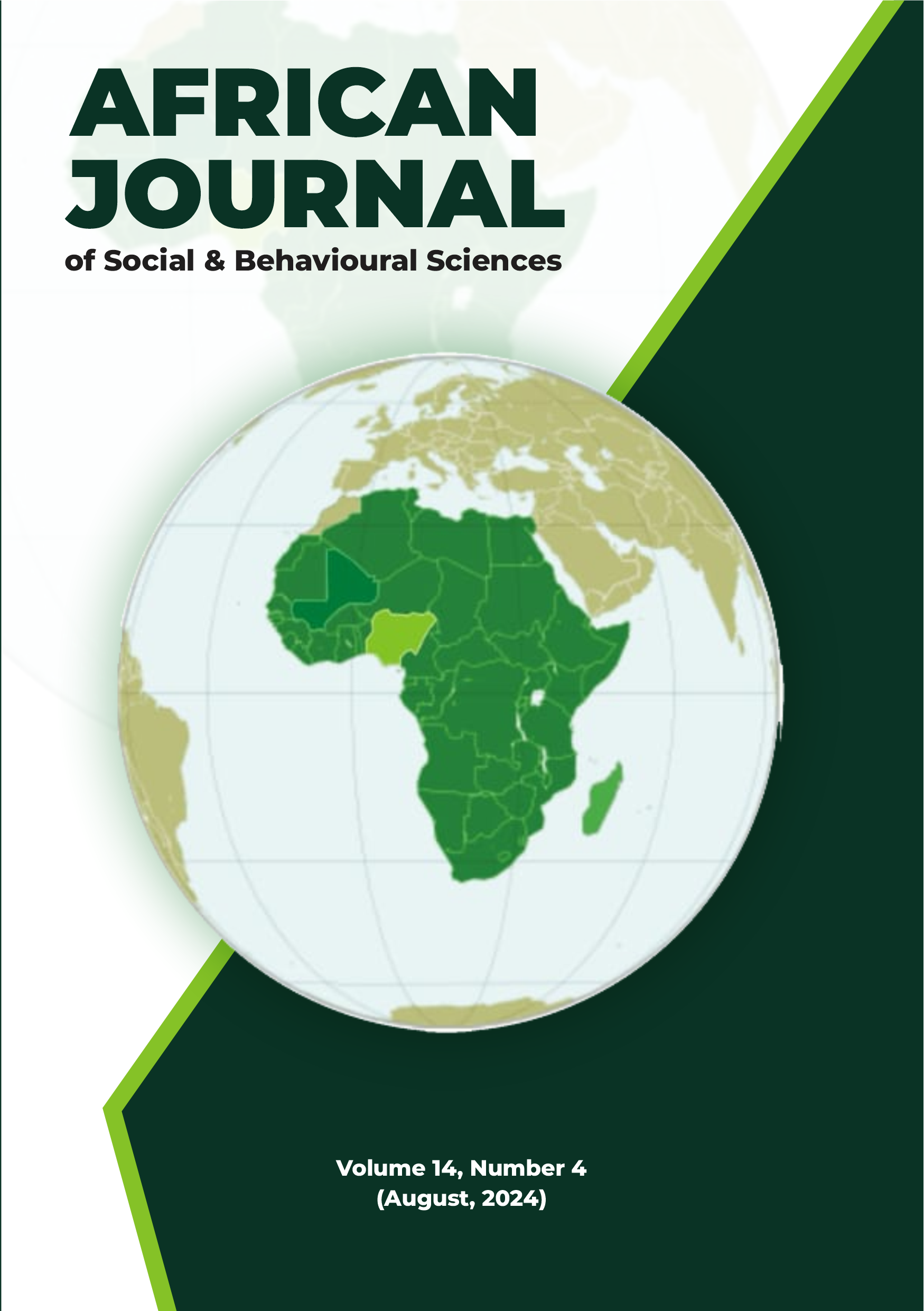INFLUENCE OF PERCEIVED STIGMA AND PSYCHOLOGICAL DISTRESS ON QUALITY OF LIFE OF PATIENTS WITH PSYCHOACTIVE SUBSTANCES DISORDER AT FEDERAL NEURO-PSYCHIATRIC HOSPITAL BARNAWA KADUNA
Keywords:
Psychological Distress, Quality of Life, Psychoactive Substances Disorder, Federal Neuro-Psychiatric Hospital BarnawaAbstract
Patients with psychoactive substance use disorder often face significant challenges beyond the direct effects of substance use itself. Therefore, this study explores the influence of perceived stigma and psychological distress on the quality of life of patients with psychoactive substance use disorder at the Federal Neuropsychiatric Hospital Barnawa, Kaduna (FNPHK). The study instruments were completed providing informed consent. Substance Use Stigma Mechanism Scale (SU-SMS), Kessler Psychological Distress Scale (K-10), and The World Health Organization Quality of Life Scale (WHOQOL-BREF) scores were collected and analysed using SPSS version 27. Hypothesis one indicated that enacted stigma (β = -0.218, t = -2.388, p = .019), anticipated stigma (β = -0.315, t = -3.354, p = .001), and internalized stigma (β = -0.390, t = -4.389, p < .001) were significant negative predictors of quality of life. Hypothesis two revealed that psychological distress significantly predicts quality of life [F (1, 77) = 7.025, p = .010, R² = .084], and hypothesis three indicated a significantly negative impact of both perceived stigma and psychological distress [F (3, 75) = 20.708, p < .001, R² = .453] on quality of life among psychoactive substance use disorder patients.


